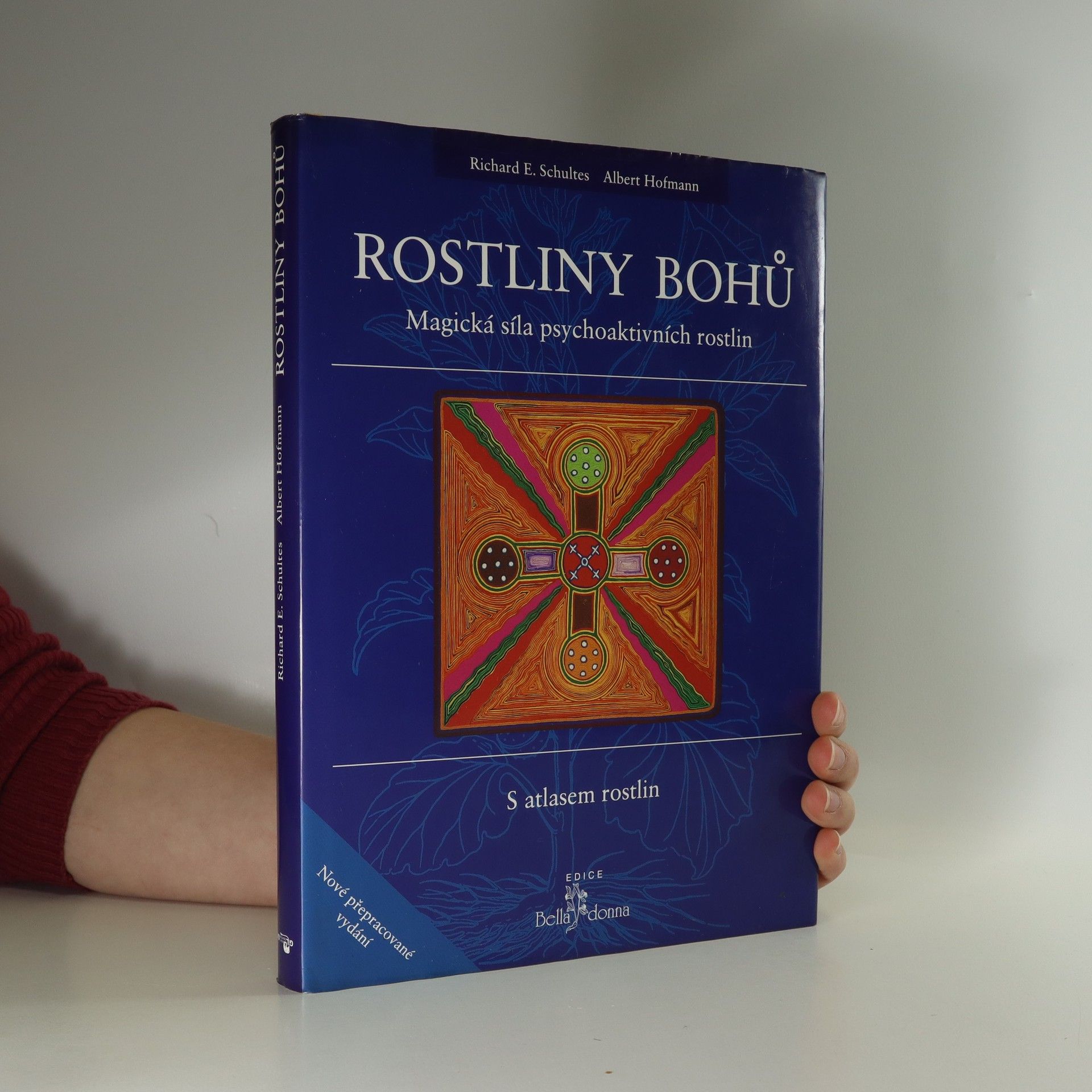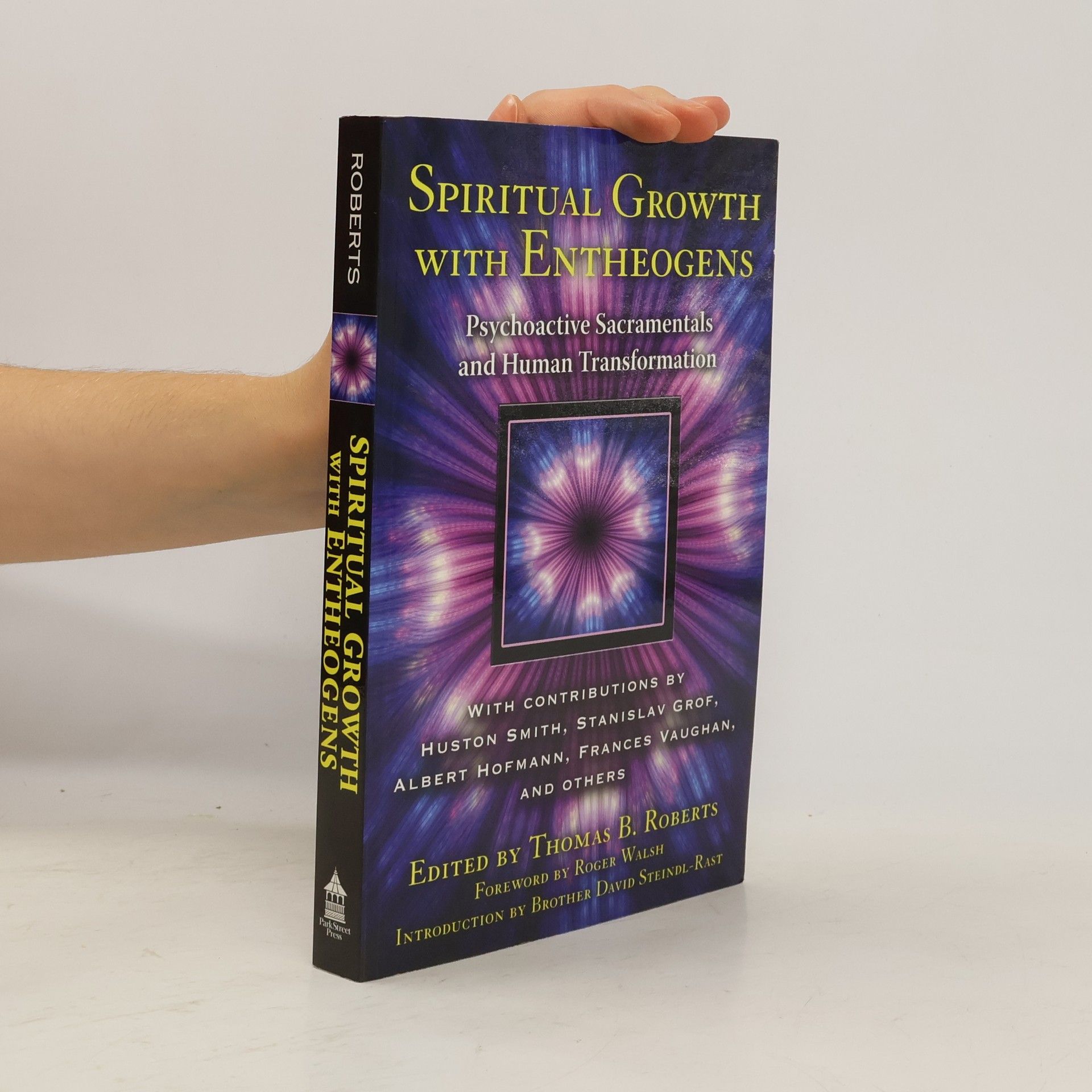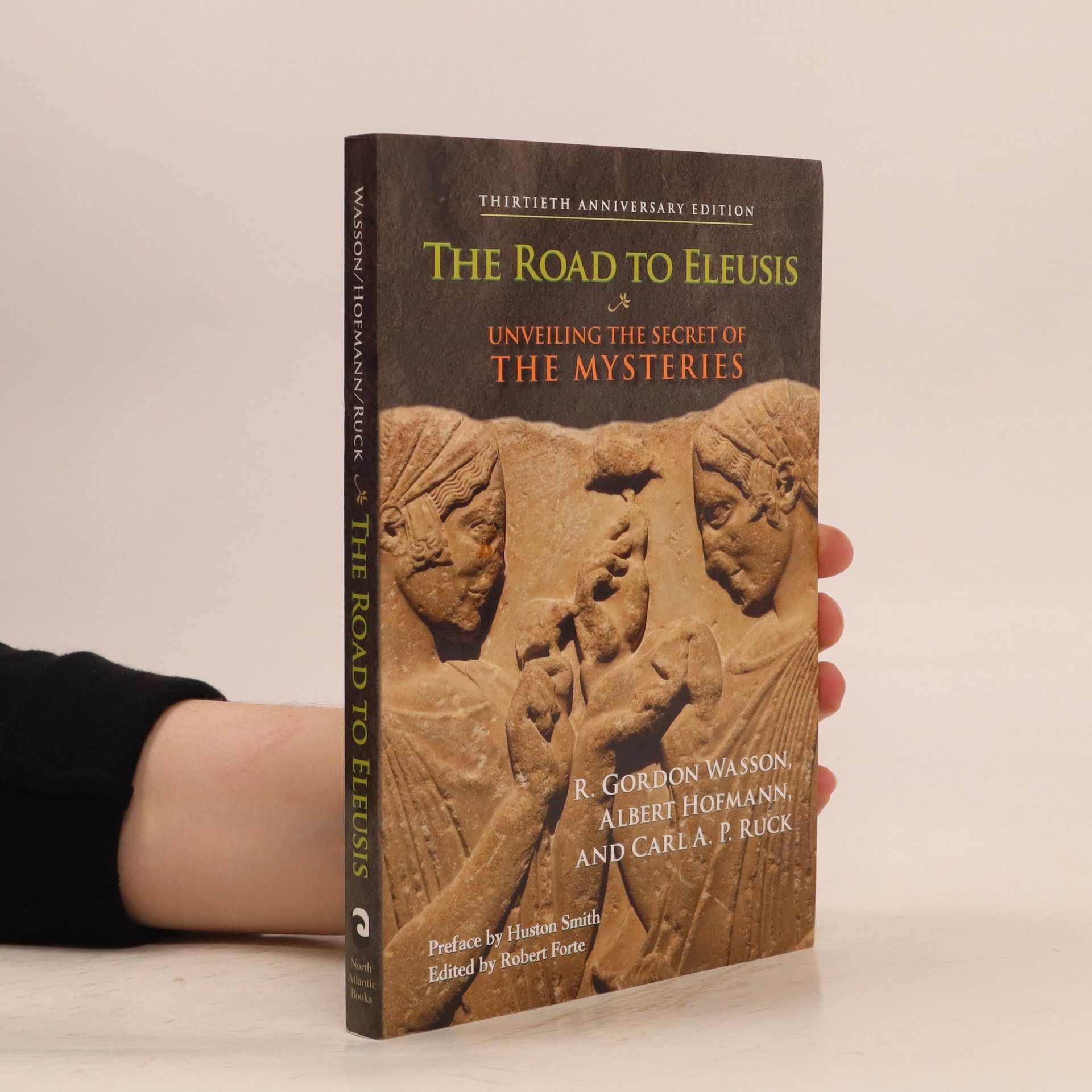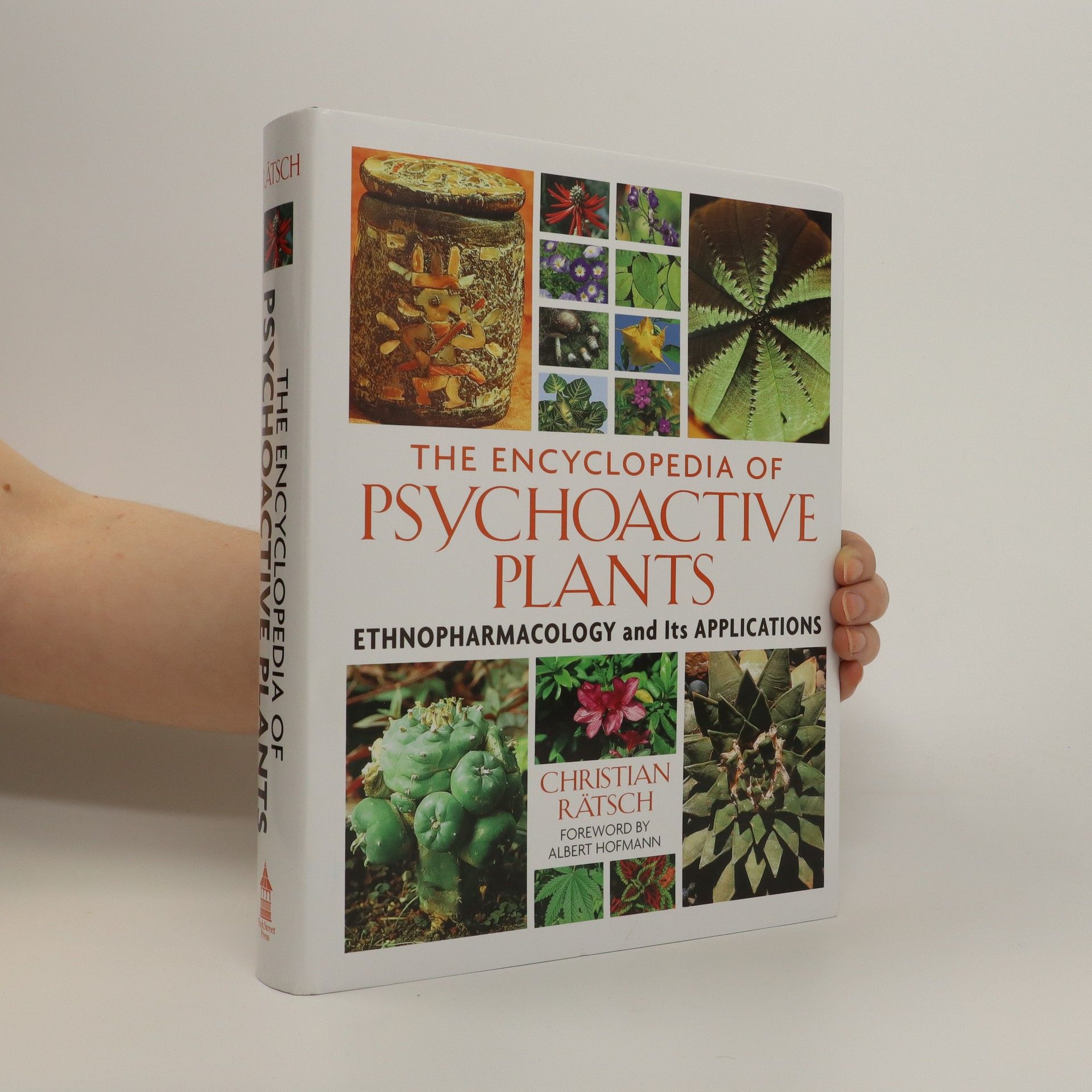The encyclopedia of psychoactive plants
- 944pages
- 34 heures de lecture
This comprehensive guide covers the botany, history, distribution, and cultivation of 414 psychoactive plants and related substances. It explores how culturally sanctioned use of these plants can provide insights into the nature of reality and includes 797 color photographs along with 645 black-and-white illustrations. Throughout history, plants have been valued for their nourishing, healing, and transformative properties, with the most powerful ones often regarded as sacred. The author details the botany, history, and preparation of over 400 psychoactive plants, discussing their ritual and medicinal uses, as well as cultural artifacts and art inspired by them. The text begins with 168 well-known psychoactives, such as cannabis and datura, and expands to include 133 lesser-known substances, “legal highs,” and plants from mythological contexts. Additionally, it covers products like ayahuasca, incense, and soma. Lavishly illustrated with images from the author’s global fieldwork, the book showcases the people, ceremonies, and art associated with the ritual use of these sacred psychoactives.








